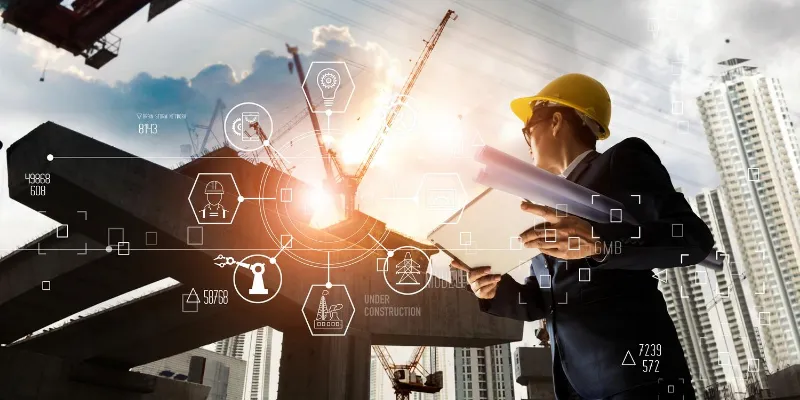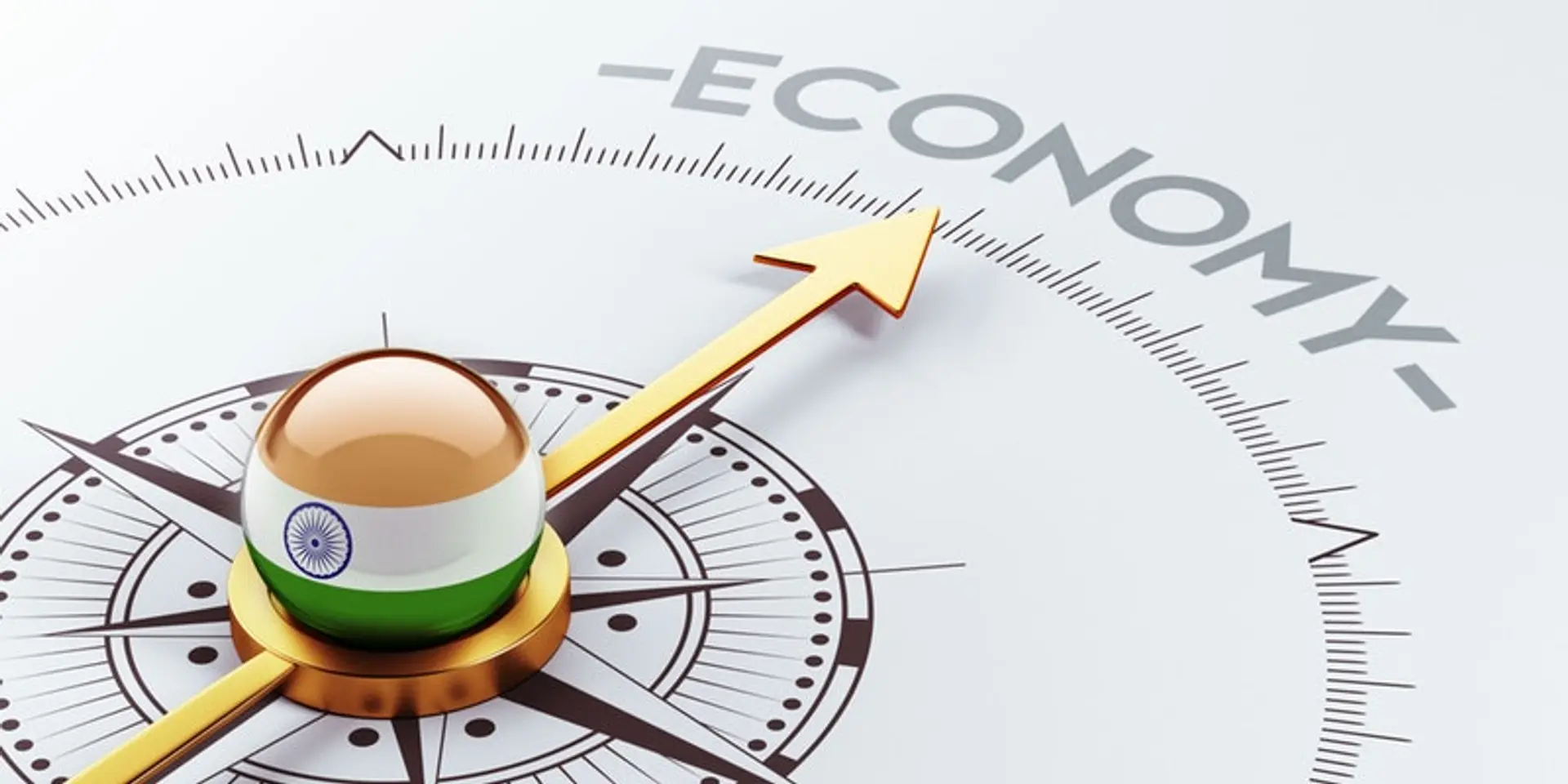5 ways to ensure a robust economic recovery in India
India’s second wave of COVID-19 impact derailed India’s economic recovery, which appeared well on track at the beginning of the year. But with the second wave slowing, and increasing rate of vaccination, there’s hope that economic activity will improve by next quarter.
The second wave of the COVID-19 pandemic derailed India’s economic recovery, which until the beginning of this year, appeared to be well on track after an unprecedented year. Dwindling demand for sectors such as automobile, luxury goods and real estate, due to the pandemic-induced financial crunches, has severely impacted India’s GDP numbers.
Moreover, as consumption and investment have been the main drivers of growth in India in recent times, the country’s economic revival will be dependent on demand generation by direct government fiscal intervention and government-aided relief and support in the regulatory, fiscal, and monetary policy areas.
But with the second wave slowing down, and the rate of vaccination on the increase, there’s hope that economic activity will improve by next quarter. Moreover, agricultural growth and rural demand have been quite robust until now, and are expected to give further boost to the economy due to the timely onset of the monsoon season.
This is an opportunity for India to spur economic reforms and position itself to emerge stronger to meet the aspirations of its growing demography. Here are some ways the country can bounce back in pursuit of economic recovery -
Robust government policies
Growth rides on reforms. While many of the tenets supporting India’s story, such as young demography, a large and diversified economy, a dynamic entrepreneurial base, political and geopolitical stability, and robust policy frameworks remain intact, there is an urgent need for continued regulatory and fiscal reforms to boost India’s economic recovery.
Policy interventions and fiscal mechanisms that could boost consumption and demand, and become an engine for job and economic growth such as public-private investment and greater integration into the global economy will promote recovery and help India increase its economic competitiveness. Recently, the World Bank has approved a $500 million programme to support MSMEs in India. The move aims to increase liquidity access for viable small businesses impacted by COVID-19, supporting some 5,55,000 MSMEs in the country. Such support will help our nation to return to pre-crisis production and employment levels, while laying the foundations for longer-term productivity-driven growth and the generation of much-needed jobs in the MSME sector.
Sustainable infrastructural development
India had prioritised the infrastructure sector as the key to its economic growth agenda. And now more than ever, infrastructure development will play a key role. To boost economic activity and create jobs, we need to focus on pursuing infrastructural development at a much greater pace. However, there is a need to rethink the traditional models of infrastructure development, and shift to building infrastructure with greater emphasis on sustainability.
For example, this is an opportunity for India to pursue investments in clean energy such as renewable and rooftop solar, as well as electrification and adoption of public transport through appropriate policies and business models.
By introducing innovative financing methods, long-term and flexible funding support, India can boost the infrastructure sector and strengthen its economic growth.
This is also the time for companies to start building an Environmental, Social and Governance (ESG) programme to outperform in the market through instances of market instability. By evaluating and optimising operations, refining energy-intensive processes, monitoring emissions, companies can not only obtain maximum results but establish a clear sustainable growth path as well.
Building workforce skills
The pandemic has changed the way we live and work. For greater organisational success and to manage future disruptions, it’s imperative to develop and adapt employees’ skills and roles to the post-pandemic ways of working. Companies need to allocate learning and training budgets that not only develop employees’ essential skills, but also their social and emotional skills such as adaptability and resilience.
By creating a well-crafted talent strategy, scaling learning efforts, adopting automation, and redesigning work processes that reduce the workload, especially for time-intensive and routine tasks, companies can work towards building a resilient and more deeply engaged workforce.

Rapid digitisation
Every single sector has been hit hard by the COVID-19 outbreak, and the ensuing lockdowns. Now is the time for industries to invest in rapid digitisation to create significant economic value. For example, the manufacturing sector must fast-track the adoption of Industry 4.0 for achieving higher levels of efficiency, productivity, and competitiveness.
The good thing is that with available digital infrastructure, supportive government schemes like Smart Advanced Manufacturing and Rapid Transformation Hub (SAMARTH), academic know-how, and nearly 12,000 digital tech startups, India’s digital readiness and ecosystem is already in place. By speeding up the adoption of digital manufacturing, and launching production-linked incentive programmes, India can not only modernise industry and create good quality jobs, but also position itself to become a global manufacturing hub.
Boosting export to pre-pandemic levels
Exports from India have been growing over the years. However, with the pandemic affecting several countries, the global economy has been deeply hit, impacting Indian exports as well. Several steps have been taken by the Indian government to bolster growth in exports such as simplifying the FDI policy and enabling greater ease of doing business.
Recently, the government announced measures to enable both manufacturing and service MSMEs to enjoy similar benefits, and empower them to drive even greater exports. This could boost the export potential of MSMEs as it contributes nearly 50 percent to Indian exports.
However, more work needs to be done in this area. By creating a strong export infrastructure, basic trade support, and access to financial facilities, India can boost export preparedness to leverage the demands of the post-COVID world.
Conclusion
Although economic recovery will depend, to a large extent, on the containment of the virus, the government and private players must come together to build a post-COVID economy. The good thing is that the flexible nature of the Indian economy will surely help expedite the recovery path. The above steps will not only provide immediate relief, but also help secure a lasting economic recovery, and ensure a long-term pathway to sustainable development.
Edited by Anju Narayanan
(Disclaimer: The views and opinions expressed in this article are those of the author and do not necessarily reflect the views of YourStory.)









